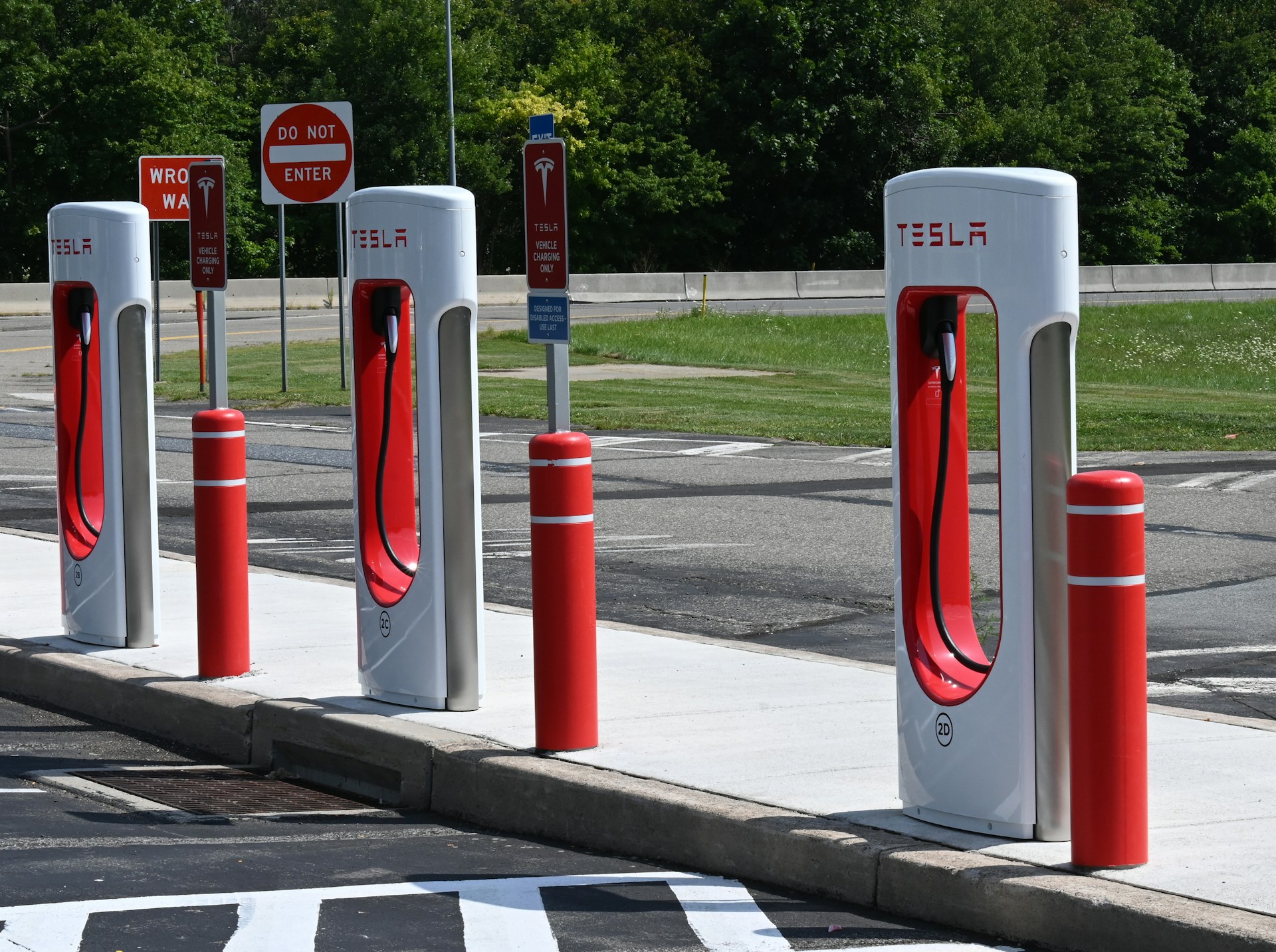How Advanced Driver Assistance Systems Are Quietly Saving Lives — and Changing the Way We Drive 19

There was a time when seatbelts and airbags were the gold standard in car safety. Today? Safety means something smarter. Quieter. More aware than you are — even when you’re alert.
Enter ADAS — Advanced Driver Assistance Systems. A set of invisible co-pilots built into your car, designed to anticipate danger before you even notice it. Not to replace your instincts — but to enhance them.
And whether you’re buying a new car or wondering what that blinking icon on your dashboard means, this guide breaks it down simply — no tech jargon, no guesswork.
So... What Exactly Is ADAS?
ADAS is a catch-all term for the smart features in modern cars that assist drivers with everything from parking to accident avoidance. Think of it as your car’s sixth sense — always scanning, calculating, and protecting.
These features rely on sensors, cameras, radar, and software to interpret your surroundings and respond in real-time. They're not science fiction. They're standard in most cars built after 2018 — and essential in nearly every new model on the lot today.
ADAS doesn’t just help you drive safer — it helps you drive smarter.
Core ADAS Features (And What They Actually Do)
Let’s decode the safety tech you’ve probably already seen — or maybe even used — without realizing what it’s called.
🚘 Lane Keep Assist (LKA)Detects lane markings and gently steers your car back if you drift without signaling. Especially helpful on long drives or during momentary distractions.
🧠 Adaptive Cruise Control (ACC)Maintains your speed — but also monitors traffic ahead and automatically slows down or speeds up to keep a safe distance. Yes, it brakes for you.
👁️ Blind Spot MonitoringAlerts you if there’s a vehicle hiding just outside your mirror’s reach. Usually with a visual or audible signal before you change lanes.
🚨 Forward Collision Warning (FCW) & Automatic Emergency Braking (AEB)Warns you if you're about to rear-end the car ahead — and applies brakes automatically if you don’t react in time. A literal lifesaver.
🔄 Rear Cross Traffic AlertWhile backing out of a parking space, it detects approaching vehicles from the side — and warns you before you reverse into a collision.
🅿️ Parking Assist & 360° CamerasGuides you into parking spaces with real-time visuals and steering input. Some systems even park the car for you.
How ADAS Changes the Driving Experience
It’s not just about comfort. ADAS actively prevents thousands of accidents every year — and gives drivers more confidence behind the wheel.
For parents, it means safer school runs. For commuters, it means less fatigue in stop-and-go traffic. For everyone, it means fewer split-second decisions that could change everything.
Most importantly: ADAS isn't trying to replace you. It’s trying to protect you — especially in those milliseconds when your reflexes aren't fast enough.
Your car can’t read your mind. But now, it can read the road — better than ever before.
What to Watch For When Buying a Car With ADAS
If you’re shopping for a new (or recent) vehicle, check the feature list. Not all ADAS systems are created equal.
- **Some features come in packages** — like “Safety Sense” (Toyota) or “Co-Pilot360” (Ford).
- **Some systems are more sensitive** or aggressive — depending on manufacturer tuning.
- **Calibration matters.** After an accident or windshield replacement, some ADAS systems need recalibration to work properly.
Ask your dealer or mechanic how to maintain them. Tech can’t protect you if it’s not properly aligned or updated.
Are There Any Downsides?
While ADAS improves safety, it’s not perfect:
- Some drivers over-rely on it — and lose focus.
- Malfunctions or false alarms can lead to frustration.
- Repairs can be expensive if sensors or cameras are damaged.
But when used as a tool — not a crutch — ADAS can make driving safer, smoother, and more intuitive.
Final Thought: Tech That’s Worth the Trust
Cars are no longer just metal and horsepower. They’re computers on wheels — with instincts trained to protect you.
ADAS is part of a quiet revolution in transportation. One that doesn't shout for attention, but proves its value in the near-misses you never even knew happened.
Want more guides on smart car features, buying decisions, and safety breakdowns? Explore practical driving insights at mkpatu.com — where car knowledge meets everyday life.
Was this post helpful?
Comments (0)
No comments yet. Be the first to comment!
Leave a Comment
You Might Also Like

How the ultra-wealthy navigate romance differently from ever...
8 quiet, unspoken rules that high-net-worth couples live by — and what they reve...

How To Go Viral in 2025
The secrets behind content that spreads like wildfire — and how you can make you...

Instagram Threads vs X (Twitter): Which One Is Winning in 20...
Two microblogging giants, one algorithmic battlefield — who’s actually thriving...

Art, Wine, and Watches: The New Frontier of Alternative Inve...
Why the Wealthy Are Betting on Beauty, Rarity, and Time Itself

Celebrating African Beauty: The Rise of African-Inspired Mak...
How African Makeup Is Shaping Global Beauty Standards








